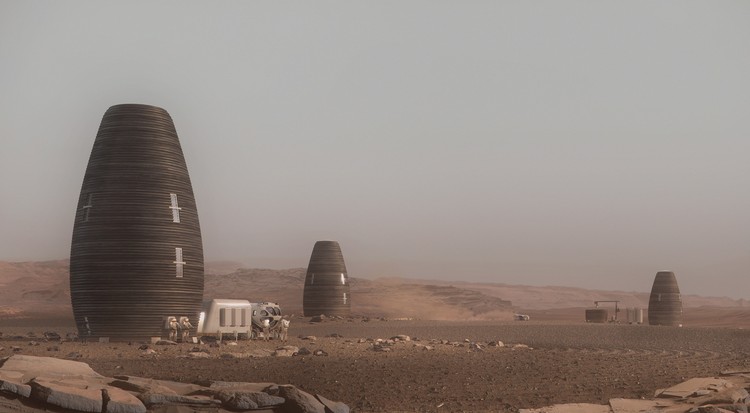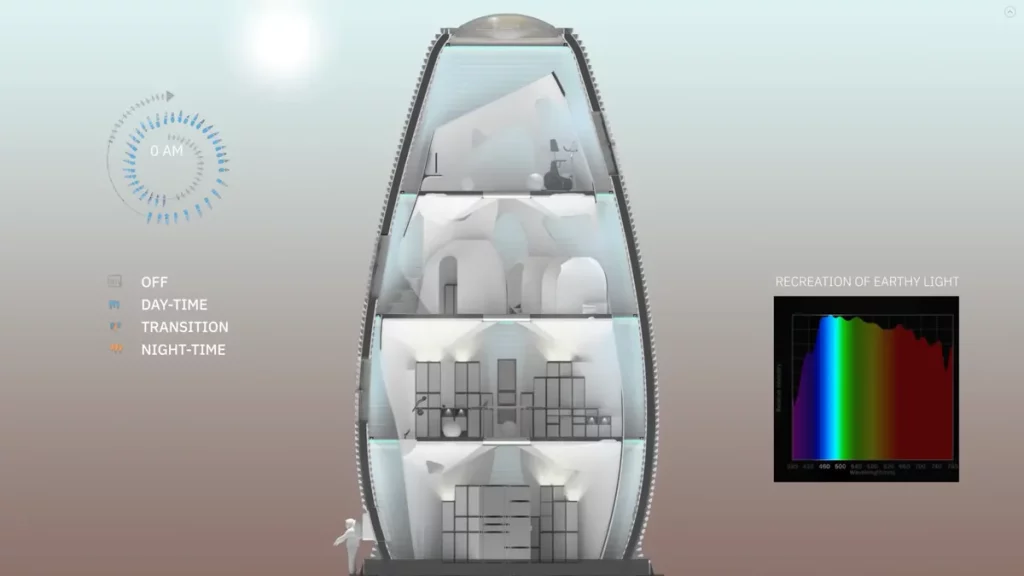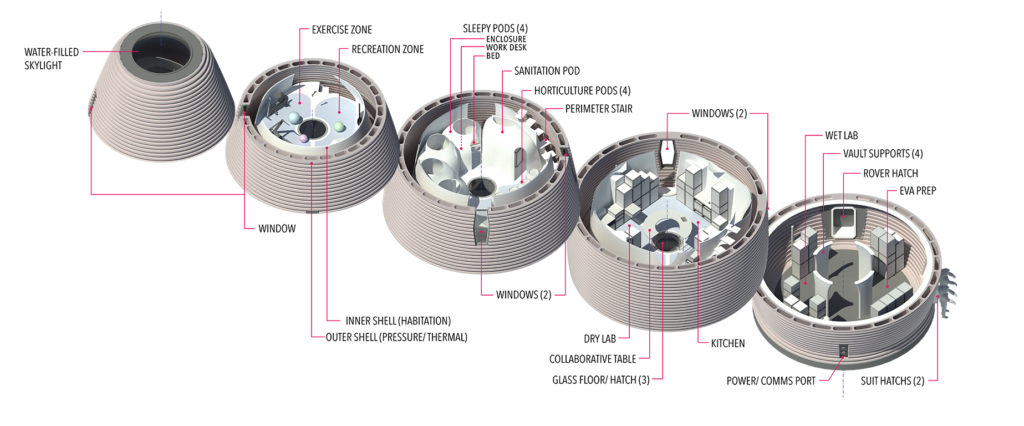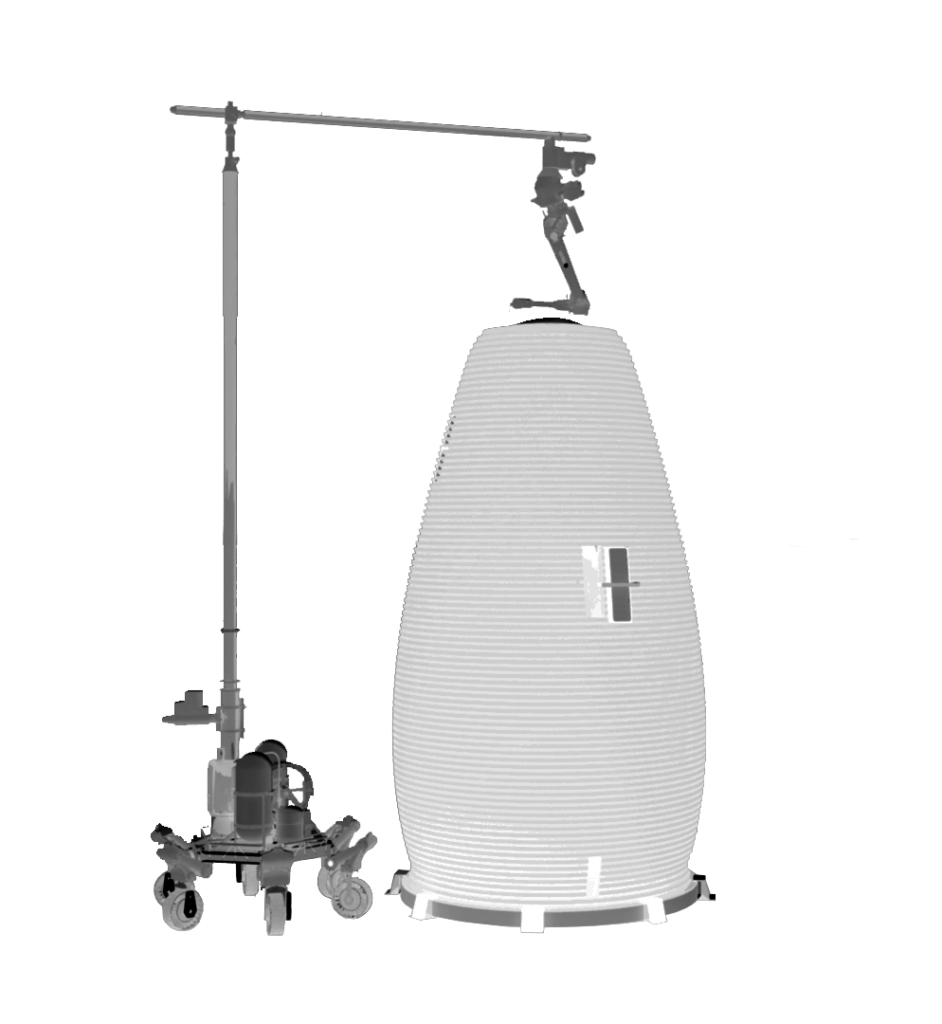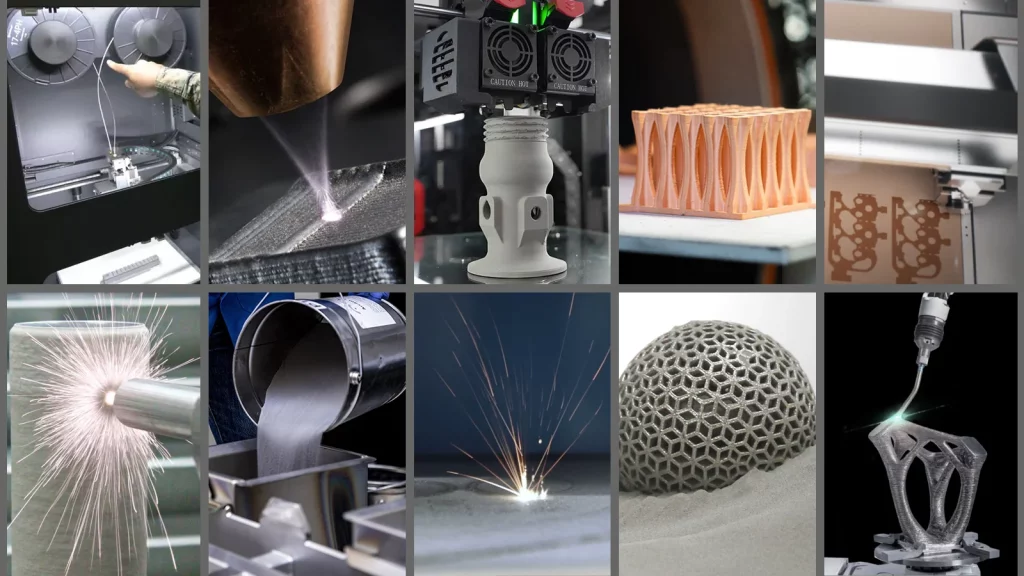
If all architects and engineers saw the development of our projects as the aerospace industry does, we would begin to see many projects incredibly optimized for their use in structural, environmental, etc. Terms. In recent years we have experienced an increase in space exploration. Because technology has become more democratized, more simulations and experiments can be conducted in a shorter amount of time.
“You never know your system until you push it to the limits so that it breaks “
Gwynne Shotwell – Chief Operating Officer

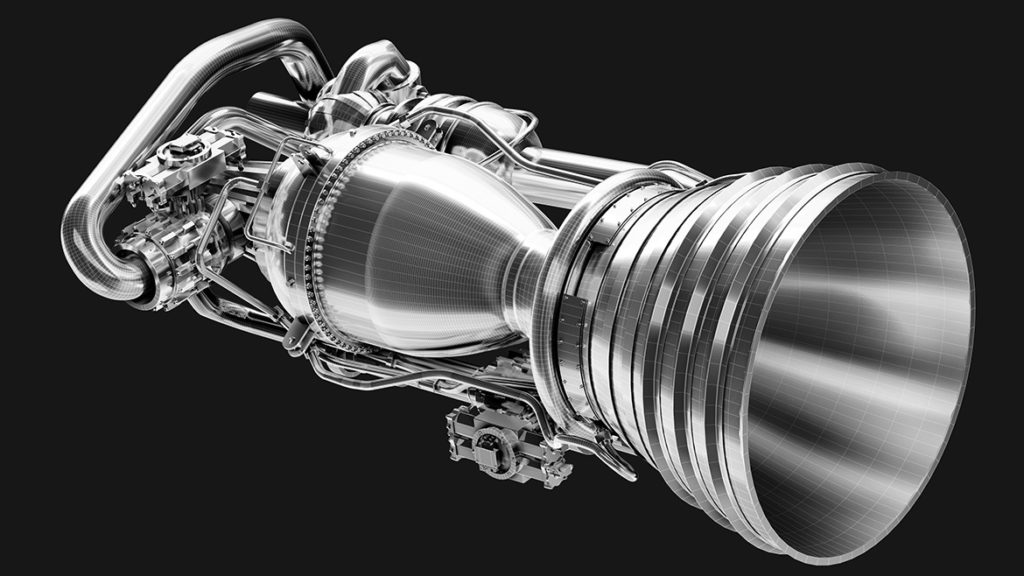

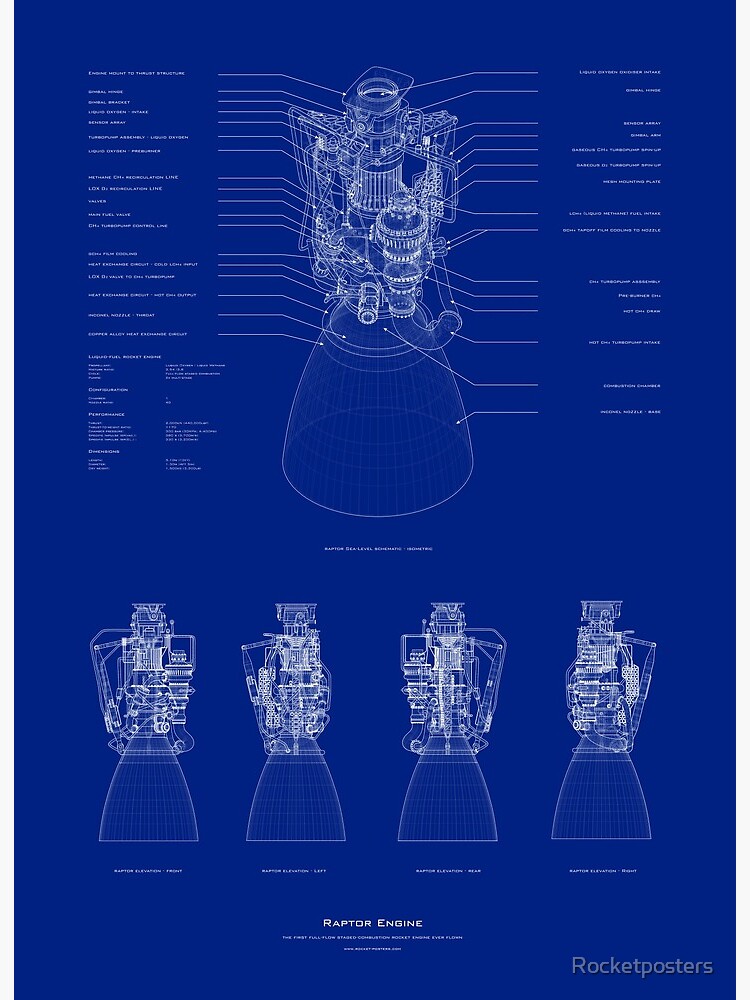
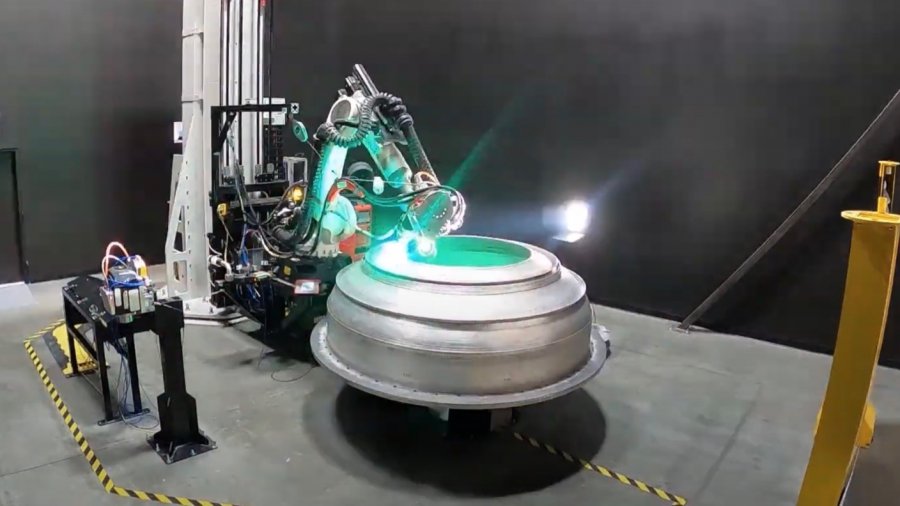
ARCHITECTURE BEYOND OUR PLANET
There is no doubt that the architecture we use every day has a huge influence on the way we live our lives. This influence is huge in the way we perceive the environment around us. In the process of exploring another planet, we are forced to question everything we know about this world. Therefore, a house becomes part of the equipment we need to fulfill our mission as an interspatial species.
There has been groundbreaking research conducted as part of NASA’s 3D Printed Habitat Challenge in 2019. This research has revealed new methods for using 3D printing to create habitats for a future Mars mission. AI SpaceFactory won the Challenge for creating a method to 3D print a multi-story house on Mars using basalt fiber extracted from Martian rocks and PLA bioplastic produced from plants grown there. There is a difference between concrete and this material of two to three times in strength and durability.
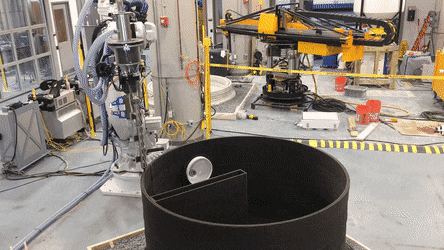
Conclution
As you may know, the space category celebrates the design process and the results of planning, designing, and creating forms, spaces, and environments. These forms reflect functional, technical, social, and aesthetic considerations as well. As a result of the results of these investigations, we are able to take steps towards a future where we can make the most of the resources of our planet. It will be a significant help to all of us if we can achieve this goal as it will allow us to make our lives more comfortable.

